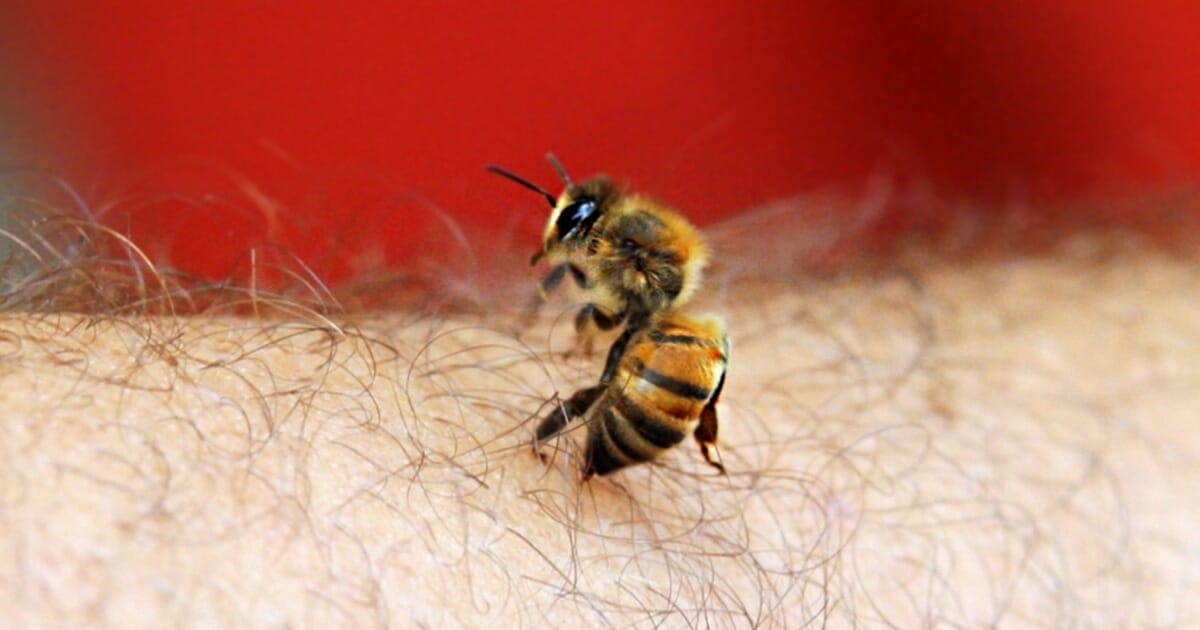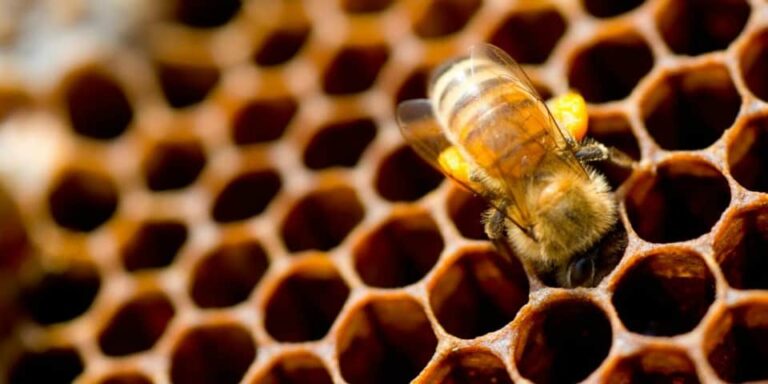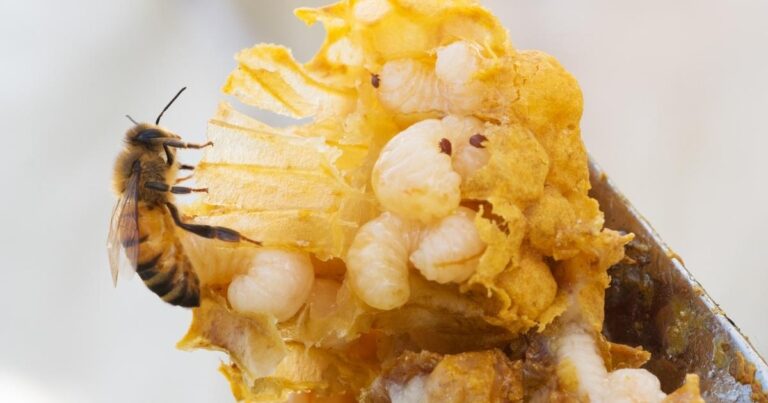Bee Venom Remedies
Bee venom is a bitter, colourless liquid containing proteins that may produce local inflammation, in a manner like sea nettle toxin. It’s also used in certain beauty regimes. Find out why.

In the unlikely event that you are stung by a bee, it is the apitoxin, or honey bee venom, that produces that deep sting. Chemically, bee venom is a mixture of histamine, pheromones, enzymes, peptides, amino acids and other acids, with 63 components in total.
The venom itself comes from the female bee’s stinger, a modified ovipositor, which the bees’ ancestors used to deposit their eggs into the bodies of insect hosts. As the drone cannot sting at all, and the queen generally does not leave the nest (despite her being able to sting repeatedly), it is the worker that attacks or defends herself. So, although worker honey bees never usually lay eggs, they have retained the modified ovipositor to defend the hive.
Interestingly, bees, like mosquitos, will optimise their attack by targeting the face of an intruder as they sense higher concentrations of carbon dioxide in the expired air. This thrust of the stinger sends the venom, or apitoxin, deep into the tissue, causing the painful sting we have grown to fear: in a recent study conducted by the University of Melbourne, bee stings actually cause twice as many hospital admissions per year as snake bites, and account for an almost equal number of deaths (due to anaphylaxis)!
Yet, there is a silver lining to this bitter elixir. The chemical combination of apitoxin has a number of perceived health benefits. It is given as a shot for rheumatoid arthritis, nerve pain, multiple sclerosis, reducing the reaction to bee stings in people who are allergic to them (venom immunotherapy), swollen tendons, and muscle conditions such as fibromyositis and enthesitis.
Scientists have shown apitoxin contains molecules that cause an increase in natural hormones in the body that regulate inflammation. Also, approximately 20 naturally occurring antibiotics and antivirals can be found in bee venom, along with anti-inflammatory and pain-reduction substances. Bee stings can also stimulate reactions in the body that generate healing properties that would otherwise remain dormant.
For these reasons, bee venom is being used today to make a plethora of cosmetics and potions. Experts collect bee venom by placing a pane of glass alongside a hive and running a weak electrical current through it, which encourages the insects to sting the surface. Because the bee’s stinger remains intact, the workers do not die. However, the acquired venom is not inexpensive, checking in at an estimated $1800 per gram, and is enjoyed by the likes of the Duchess of Cambridge and the Duchess of Cornwall.
It is said that the honey bee venom (toxin melittin) ‘fools’ the skin, causing a rush of blood to the area and stimulating the production of natural collagen and elastin. While collagen strengthens bodily tissue, the protein, elastin, helps the skin remain taut and elastic. This venom also has the effect of relaxing facial muscles, it is claimed. Despite not being absolutely confirmed by scientists, it is being used to make skincare formulas targeted at women experiencing menopause, claiming to help reverse the effects of hormonal changes to the skin such as wrinkles, puffiness and dryness.
If bee stings for beauty aren’t your thing, check out our other honey and bee-related products in our Body and Face category in the Ben’s Bees online store.


